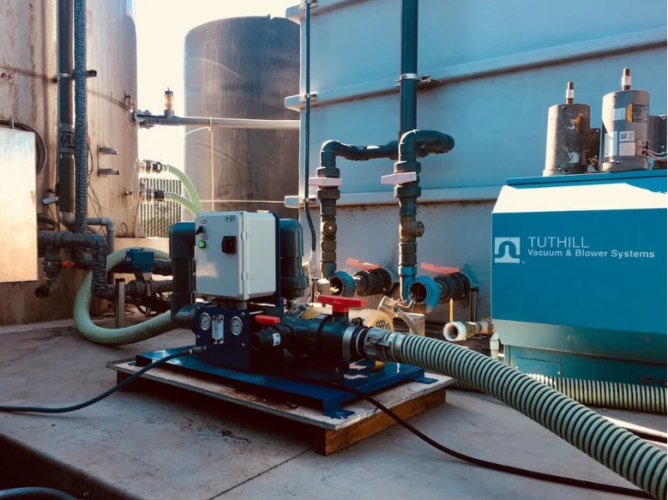Water treatment plays a crucial role in ensuring safe, clean water for drinking, industrial use, and environmental protection. As the demand for efficient and sustainable water treatment methods grows, technology is evolving to meet these needs. One such advancement is the use of nanobubble generators, which have become an important part of modern water treatment systems. This article explores what nanobubble generators are, how they work, and their benefits in water treatment.
What Are Nanobubble Generators?
Nanobubble generators are devices that produce extremely tiny gas bubbles, called nanobubbles, in water. These bubbles are much smaller than regular bubbles you might see in boiling water or soda. While regular bubbles are visible to the naked eye, nanobubbles are so small they can only be seen with special instruments. Their size usually ranges from 10 to 200 nanometers.
The unique property of these bubbles is that they do not quickly rise to the surface and burst like normal bubbles. Instead, nanobubbles remain suspended in water for a long time. This stability makes them very effective in water treatment processes.
How Do Nanobubble Generators Work?
Nanobubble generators create bubbles injecting gas, such as oxygen or ozone, into water under controlled conditions. Using advanced technology, these devices produce bubbles that are tiny enough to stay suspended in water for extended periods. Because of their small size, nanobubbles have a large surface area relative to their volume, which enhances their interaction with water and contaminants.
In many systems, gases like ozone are used because they have strong oxidizing properties, which means they can break down harmful substances in water. The nanobubbles carry these gases throughout the water, allowing for more efficient and thorough treatment.
Benefits of Using Nanobubble Generators in Water Treatment
The introduction of nanobubble generators in water treatment brings several advantages over traditional methods. First, their ability to stay suspended in water for long periods improves gas transfer efficiency. This means oxygen or ozone can be more effectively delivered to microorganisms or pollutants that need to be treated.
Second, nanobubbles help improve water quality enhancing the breakdown of contaminants. For example, ozone nanobubbles can oxidize harmful organic materials, bacteria, and viruses, making the water safer. This process can reduce the need for chemicals, making water treatment more environmentally friendly.
Another important benefit is that nanobubble technology can increase the efficiency of biological treatment processes. In wastewater treatment plants, oxygen is critical for aerobic bacteria to break down organic waste. Nanobubble generators provide a steady supply of oxygen, helping these bacteria perform better and faster.
Additionally, nanobubbles can help in removing odors and improving the clarity of water. They can float tiny particles to the surface, making it easier to remove impurities.
Applications of Nanobubble Generators in Modern Systems
Nanobubble generators are being used in various water treatment applications around the world. In drinking water treatment, they help disinfect water without relying heavily on chlorine or other harsh chemicals. This reduces harmful products and improves taste and safety.
In industrial wastewater treatment, nanobubbles aid in breaking down complex pollutants before releasing water back into the environment. This helps companies comply with environmental regulations and reduce pollution.
Aquaculture, or fish farming, is another area benefiting from nanobubble technology. Nanobubbles increase oxygen levels in fish tanks, promoting healthier fish growth and reducing diseases.
Agriculture also uses nanobubbles for irrigation water, improving plant growth increasing dissolved oxygen levels.
Challenges and Future Prospects
While nanobubble generators offer many benefits, there are still challenges to overcome. The initial cost of installing nanobubble systems can be high, which may limit use in smaller or low-budget facilities. Researchers are working to improve the technology to make it more affordable and energy-efficient.
Moreover, understanding the best ways to use nanobubbles for different water types and contamination levels requires further study. As more research is conducted, nanobubble generators are expected to become more common and widely adopted.
Conclusion
Nanobubble generators represent a promising innovation in modern water treatment systems. Their ability to produce stable, tiny bubbles packed with gases like oxygen or ozone helps improve water quality, enhance treatment efficiency, and reduce chemical use. Although some challenges remain, the potential of nanobubble technology to make water treatment safer, cleaner, and more sustainable is clear. As technology advances, nanobubble generators are likely to play an increasingly important role in providing clean water for communities and industries worldwide.

